City Cyclists Warned of Health Risks - Inhaled Soot, Fumes, Urban Pollution
Cyclists in London and other major cities have been given timely warning about the risks from elevated levels of black carbon from soot found in cells in their lungs. Research studies showed that black soot levels were higher in cyclists than pedestrians and may impose greater risks of damage to their lungs. Perhaps city cyclists should reconsider where they cycle and wear cycle pollution masks.
The burning of fossil fuels, car exhausts and carbon fuels for heating releases large quantities of particles of soot (black carbon) that can be inhaled and deposit in the lungs. There is growing concern that the inhalation and build up of black carbon particles is a risk factor for a range of health effects – including reduced lung function and heart attacks. Solid particles make up about 10 percent of tobacco smoke and include "tar" and nicotine. Cyclists who travel on roads are also exposed to hazards from car exhausts such as carbon monoxide as well as soot.
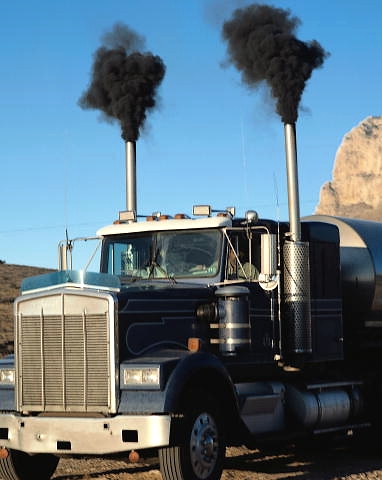
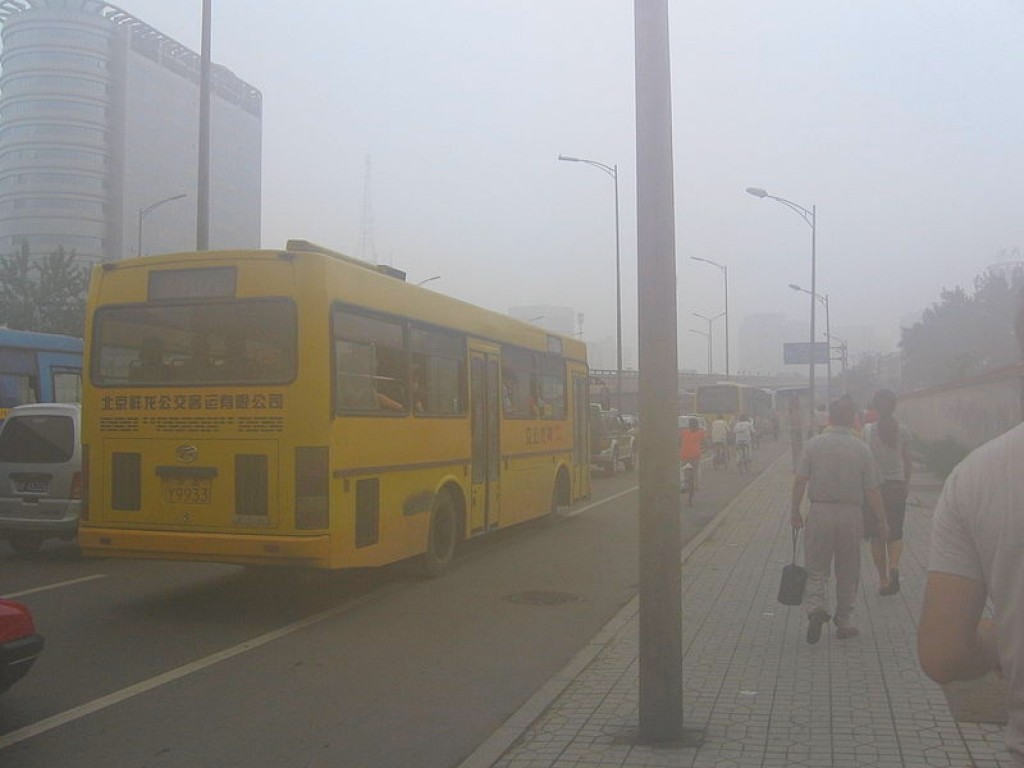
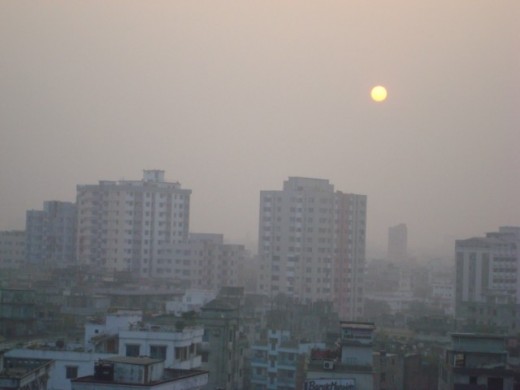
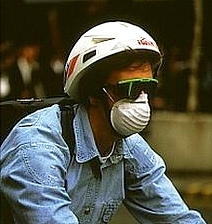
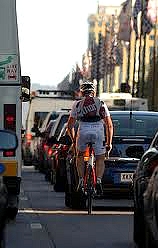
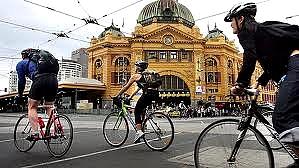
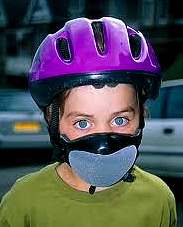
The researchers compared the dose of black carbon in the lungs of pedestrians and cyclists who exercised or walked in the same locality. To compare doses the researchers sampled macrophage cells in the airway. These specialised cells are located on the surface of the airway and ingest foreign materials entering the lungs.
The researchers collected samples of sputum from adults who regularly cycled to work in London and pedestrians. The results for a small sample showed that cyclists had more than twice the amount of black carbon in their lungs than pedestrians who walked in the same areas.
The results of this study suggest that cycling in large cites increases exposure to black carbon and the health risks associated with it. The reason for this were unclear. The researchers suggested that it could be due to cyclists breathing more deeply and more frequently than pedestrians and that they travel closer to the exhaust fumes from cars. Cyclists should plan their cycling routes to minimize their exposure to black carbon when riding.
Several other researchers have highlighted the urgent need to raise public awareness about the health impacts of air pollution on the respiratory system - both in the short and long term.
Pollution from diesel engines is particularly worrying as diesel engines emit very small particles that can reach further down into the lungs than the larger particles. The other concern is chemical pollution - including carbon monoxide, sulphur dioxide, nitrogen dioxide and ozone. These gases impose risk to the lungs and general health as they enter the blood stream.
However, there is a lack of conclusive evidence on the impact of air pollution and how this can be increased by cycling because all residents in cities are exposed to the same pollution. Previous studies have suggested that because cyclists breathe more deeply when cycling, they can inhale perhaps five times the number of particulates than either pedestrians, drivers ad passengers in cars and people travelling on public transport. The higher exertion may drive the particles lower in the lungs where they may accumulate and cause damage.
While more research is needed cyclists need to be aware of the potential risks so that they can make decision about when and where they cycle. This may include simple suggestions such as avoiding being stuck behind buses and trucks at traffic lights when you may be directly exposed to exhaust fumes. Choosing low pollution routes may also be worth considering.
There have been contrary research outcomes.
A study conducted in Sydney Australia in 2004 compared the exposure levels of commuters who used different types of transport, including cycling, public transport and driving - to 5 major urban air pollutants (benzene, ethylbenzene, toluene, xylene and nitrogen dioxide).
Motorists were found to have the highest concentrations for all air pollutants except for one contaminant - nitrogen dioxide. Cyclists had significantly lower levels of exposure to benzene than with car travellers. The explanation is described as a tunnel effect - Cyclists often took routes with little or no motor traffic and travelled out of the direct line of traffic. Motorists may get a double dose from vehicles in the traffic and leakage from their own exhausts.
A 1995 European study found that even after accounting for the higher air inhalation rate of two to three times for cyclist as much as a motorist, the cyclists showed lower pollution uptake rates.